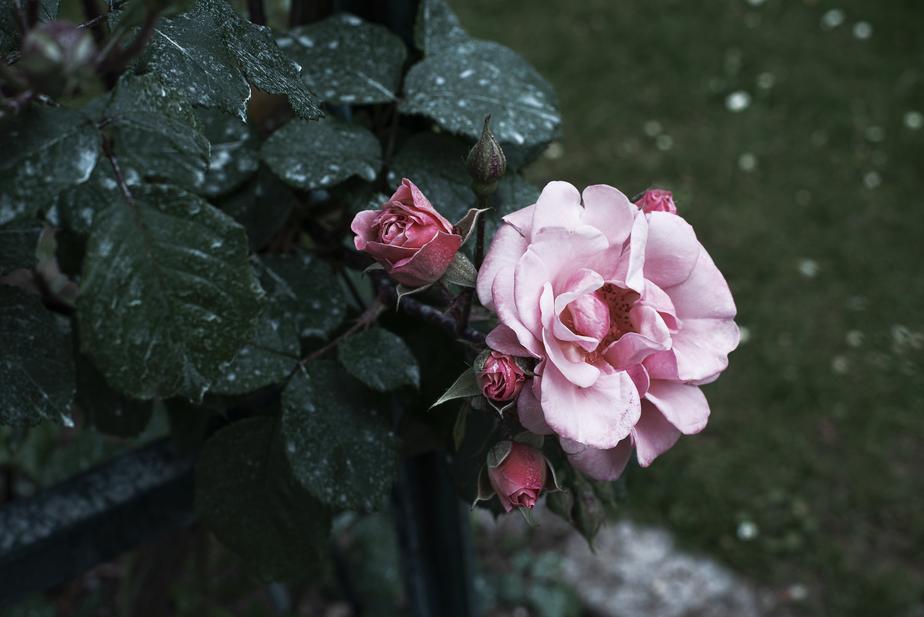Top tips on how to grow a climbing rose
19th Jul 2020
The fact that some roses make wonderful climbing plants is sometimes overlooked by gardeners. But a climbing rose is a great way to add height to a planting scheme. And to hide unsightly sheds and fences and or to enhance an arbour or patio. Easy to grow for even the novice gardener everyone should have a climbing rose on their ‘must plant’ list.
Here’s a few hints and tips on how to get the most from your new addition.
Plant in the right location
Climbing plants thrive in places which receive a lot of sun. There are some types of roses that grow well in shady areas, but you’re better off finding a sun trap if at all possible.
Make sure that the soil is well-drained and fertile. These are the ideal soil conditions to help your roses grow. Avoid sandy soil.
Consider a metal support
To help direct the growth of your climbing roses, you’ll want some type of support for your roses to climb around. Roses can grow well on a wooden frame, but tend to look more striking when grown on a metal support. This could be anything from an arch to railings. Try looking into high quality metal options with a finish (you don’t want the appearance of your climbing roses to be ruined by a rusty metal support). That all being said, a rose climbing up a wooden trellis or frame will still look amazing.

Prune any stems that are growing in the wrong direction
To further encourage your climbing roses to grow in the right direction, make sure to prune any stems that are growing in the wrong direction. To do this, make cuts at a 45-degree angle sloping away from the bud. Use a sharp pair of shears and wear gloves to protect your hands from injury from thorns.
The best season for pruning is autumn. You likely won’t need to do any pruning in the beginning when first training in new stems to the support. Pruning is one of the most vital skills to acquire when learning how to grow climbing roses.
Get rid of suckers
‘Suckers’ are a name given to any additional growths that spring out of the hardy rootstock. This often happens when soil around the roses is disturbed, but it may just happen naturally without any interference to the soil. Cut these suckers away before they become too unruly.
Use fertiliser in the spring
Roses are known for being a particularly hungry plant. In the spring, it can be worth feeding your roses by sprinkling some fertiliser on the soil below. There are fertilisers out there designed specifically for roses that could be worth trying out.
Mulch the soil in the autumn
Roses are prone to a fungal disease known as rust, which results in brown marks on the leaves. This is commonly caused by rain splash. By mulching the soil in autumn, you could prevent rain splash and possibly prevent rust.
Take measures against aphids
Along with rust, another enemy of roses is aphids. These little pests can swarm any plant if you’re not careful. In the case of climbing roses, they may cause your plant to become gnarled and withered. Aphids most commonly come out in Spring during the first warm periods.
To get rid of aphids, spray them with a solution of either soapy water or neem oil. Water should be used sparingly against aphids on roses as it can lead to black spots appearing. Aphid control is a big part of learning how to grow a climbing rose.
Of course, climbers are just one of the types of rose that help to make this beautiful plant so popular. Especially here in the UK. You can see our full range of roses here but should you need any advice on which variety are best for your garden don’t hesitate to contact us and we’ll get back to you as soon as we can.


